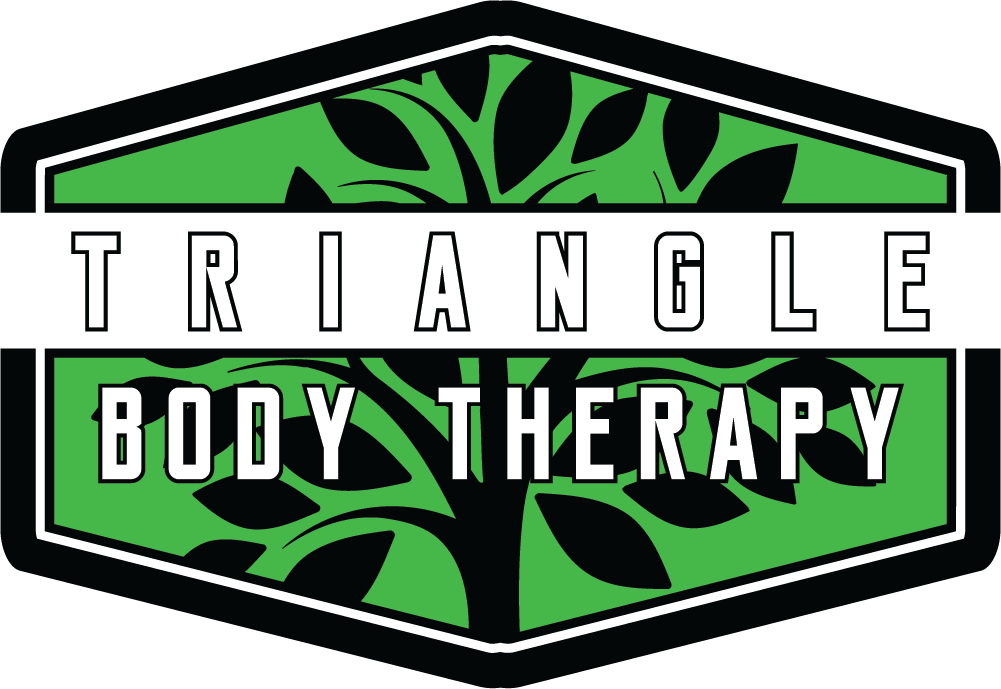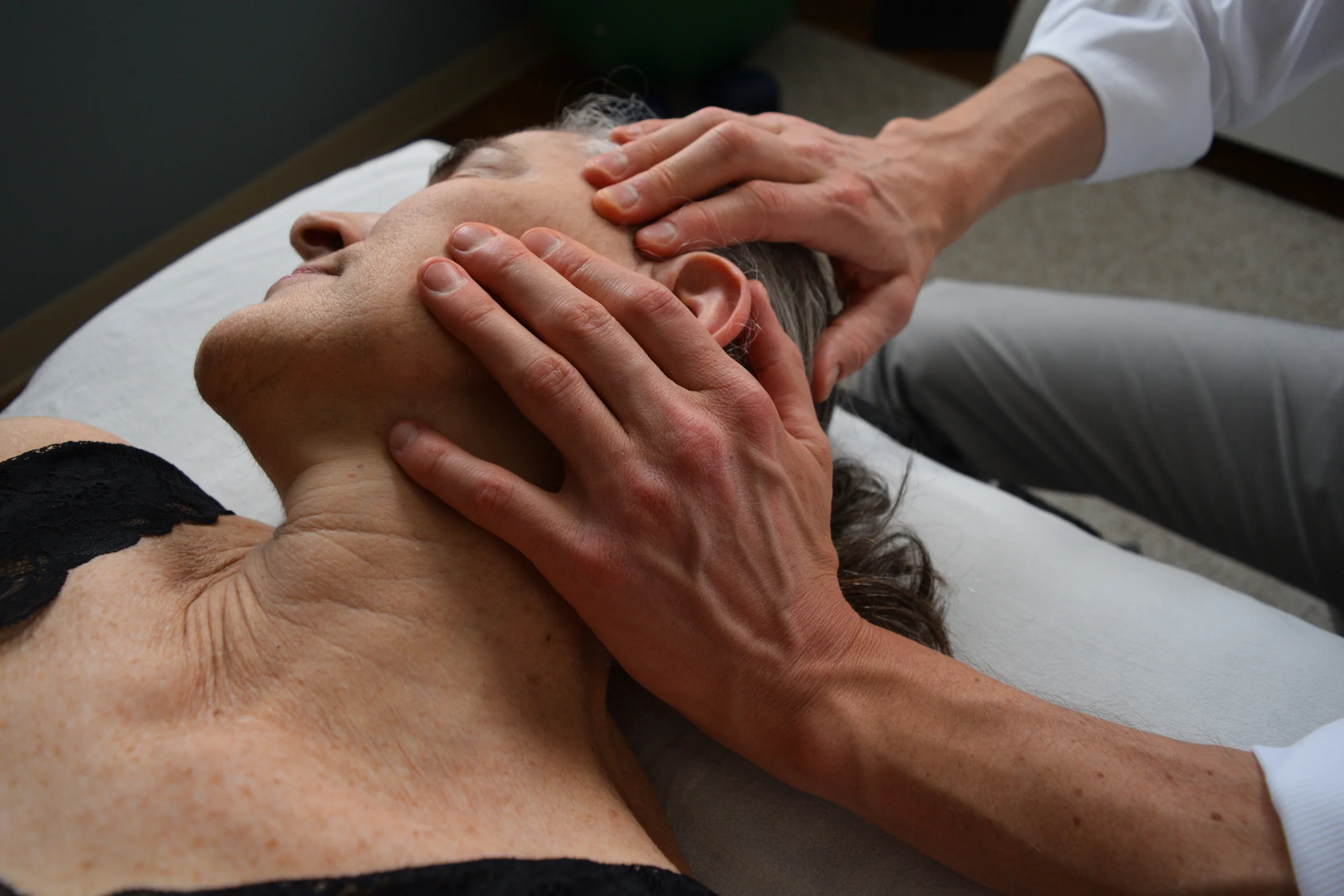Isn't it incredible what surgeons can do these days? In spite of all the progress, most people who undergo surgery are surprised by the nuisance that scar tissue can have in the months and years afterward. Naturally, scar tissue isn't much of a consideration beforehand if you've got a big enough problem to warrant surgery.
Topical ointments prescribed for use in the weeks after surgery keep the surface of scars moist, helping them stay supple and ultimately less visible. But scar tissue often runs deep, well beyond the incision cite on the surface, and can spread over time. For some, this spread of scar tissue affects joint and organ function and ultimately leads to more surgery to remove it. And then comes more scar tissue. It can become a vicious cycle.
Myofascial Release (MFR) can be a huge help for reducing the tight restriction scar tissue imposes on your body. MFR improves the organization and glide between the layers of tissue in the scar itself.
But an incision is often just the tip of the iceberg. In my practice, I'm routinely treating the drag-like effect scars put on adjacent tissue. I often feel these soft tissue restrictions spreading through the body quite a distance from the visible scar itself, often misaligning joints and distorting the body's proper alignment. This can impair function and often creates new symptoms.
New Scars
Generally, a new scar can begin being treated with Myofascial Release 4-6 weeks after surgery. The sooner the better, as a young scar is easiest to organize. The incision should be healed well enough for both sides of it to stay together when the edges of the scar are stretched in opposite directions. A well-organized scar will create less strain in your fascial system over time, minimizing its impact.
Old Scars
It's never to late to address the potentially widespread compensations mature scars create in your whole-body fascial webbing. The slow, sustained nature of Myofascial Release is ideally suited for the task.
The mature scar itself may be very resistant to change years after surgery, but a lot can be done to improve the systemic compensations a scar contributes to. One part of a totally integrated system like your fascial webbing interacts and affects other parts. The symptoms caused by this interrelatedness can be surprising.
The tug of an old abdominal scar, producing fascial strain up through the thoracic cavity, for example, may predispose you to neck pain, headaches or other issues that won't remind you at all of the old abdominal issue that required surgery. An old scar in the chest may lead to rotator cuff problems or tennis elbow or problems in the hand or wrist.
Things happen. Sometimes surgery is necessary. Minimizing the effect scar tissue has on the fascial framework of the body through Myofascial Release just makes sense and should be a part of any post-operative rehabilitation. Topical ointments are a good start for helping the incision itself to heal properly in the weeks just after surgery. But Myofascial Release works much farther and deeper, reducing the likelihood of one problem cascading into another.

